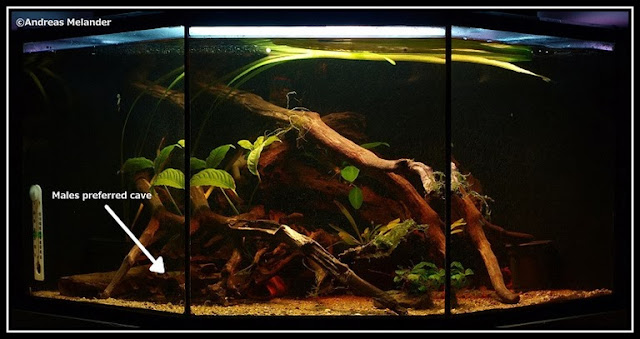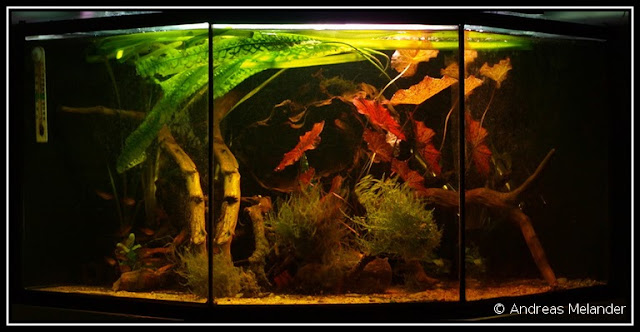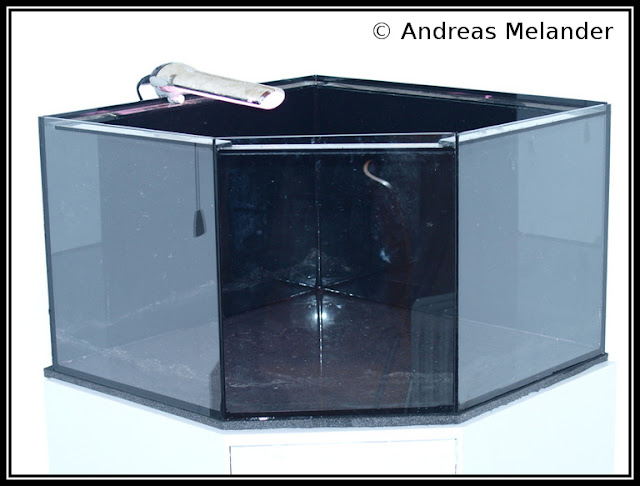Last week ichthyologist and explorer Heiko Bleher held a
talk in Leopardstown, Dublin, organized by Maxi Zoo Ireland and of course I could not miss an
opportunity to hear the man who has brought so much to the world of fish
keeping.
I really believe that these types
of events are greatly needed, especially in Ireland as I think there still is
plenty of room for the hobby to develop and grow here.
The event was well organized (free goodie bags for the attendants is never a bad thing). The only suggestion I
would have for the next one would be to supply a few more chairs as it became a
bit tedious to stand in the long run.
I was also surprised that there
was not more attending the talk as I thought it was well advertised, for anyone
who thought about going but didn’t I can just say that you missed a very
interesting talk.
Heiko started by giving us a
glimpse of his early and fascinating life, including how he, his siblings and
his mother lived for six months with a tribe practicing cannibalism. We were showed examples of the more than 60 aquatic plants discovered by Heiko Bleher's mother, Amanda Flora Hilda Bleher and it struck me how much we take for granted when it comes to what is available to us in the local fish shops today.
The talk
continued with a summary of his many expeditions and findings around the world.
I did find this segment the most
interesting of the day, not only did it portray a number of biotopes and
interesting aquatic fauna but it gave a broader image of his travels and the
locations he visited. We were shown local tribes and customs which ties in very
well with the understanding of these habitats. Issues regarding environmental
and humanitarian problems were also highlighted.
After the break Heiko set up a
biotope aquarium of Rio Jufaris, Brazil (pictured above). There were very good bits of
information here but I must admit that I did miss some parts of it.
The bitope in question looked very
nice, and Heiko discussed the importance of keeping fish the way they live in
the wild, this included several examples of biotopes including discus set ups
designed to replicate the natural environment of the fish. A point was
made that numbers matters, and that as discus live in great numbers, they
should be kept in numbers for them to express their natural behavior. The same was said about other
schooling fish and we were shown images of tetras shooling in a fashion rarely
seen in the aquarium.
I had toyed with the ideas of specific
biotope set ups several times but in my mind I saw it as mainly a visual thing.
Having listened to Heiko talking about the benefits for the fish and seen his
photographs of many, many successful breeding results something clicked in my
head and I did realise that I do have to spend more attention to detail when keeping certain species.
One of many examples shown was of a Synodontis, moving gravel to build its
nest. If pebbles of the correct size were not present the fish could not
exhibit its breeding behaviour.
Heiko had also set up two
biotopes prior to the talk;
Biotope: Rio Mato Grosso, Brazil
Nano Biotope: Small Creek in West
Kalimantan, Borneo, Indonesia
Heiko also mentioned his vision
of fish shops that actually present their stock in appropriate biotope set-ups.
This is a great idea as many aquatic shops today present their fish in a very
sterile fashion. How is someone new to fish-keeping supposed to know how to
care for their fish’s needs if the shops don’t present them? I am aware that most of us do our research beforehand but many do not.
I also believe it
could be a great selling point as the fish would be presented at its best in
beautiful set-ups and the shop could probably also benefit from sales of plants,
substrate etc..
A biotope is of course not for
everyone but it would be very nice if the option was there.
Overall I had a great time and
there was many bits of information to pick up from the talk that I’m afraid I
have forgotten half of it.
I do hope there will be more events
like this organized in Ireland, many thanks to Heiko Bleher and Maxi Zoo for the
experience.
For more about Heiko Bleher
visit: www.aquapress-bleher.com
Andreas









